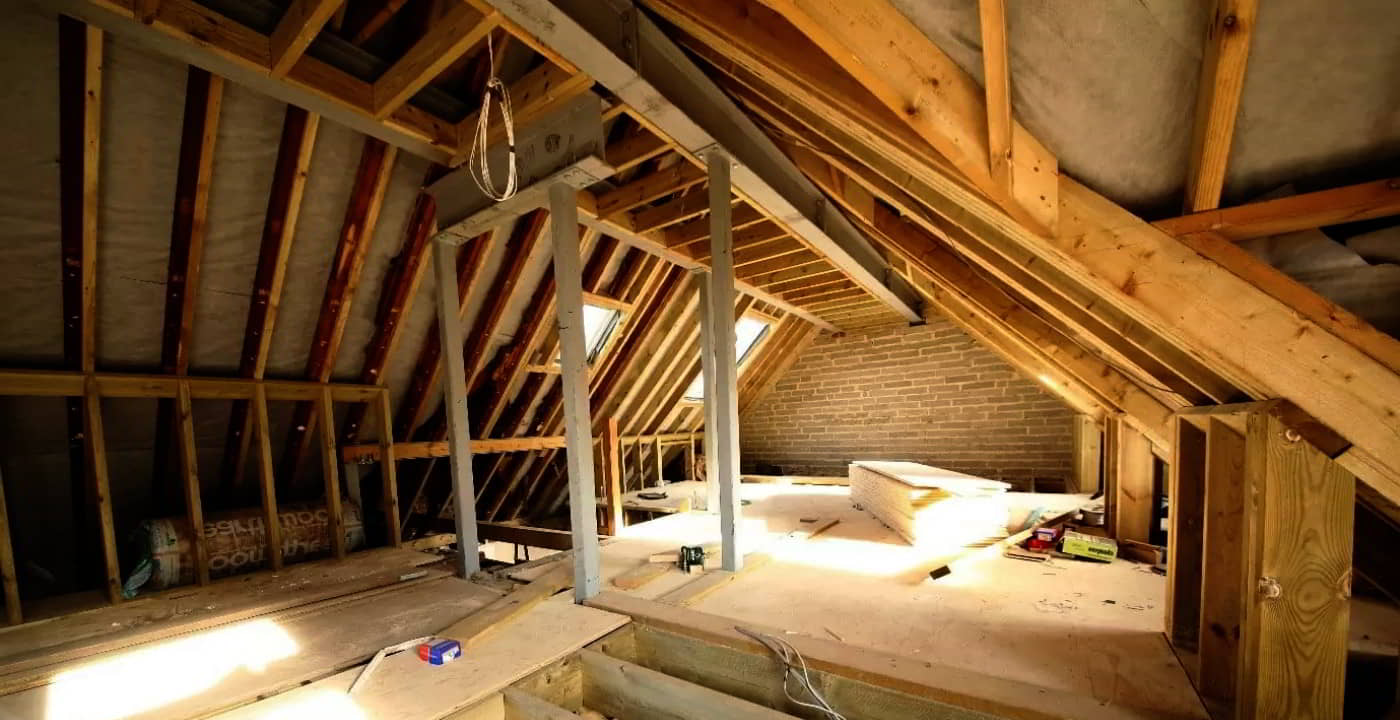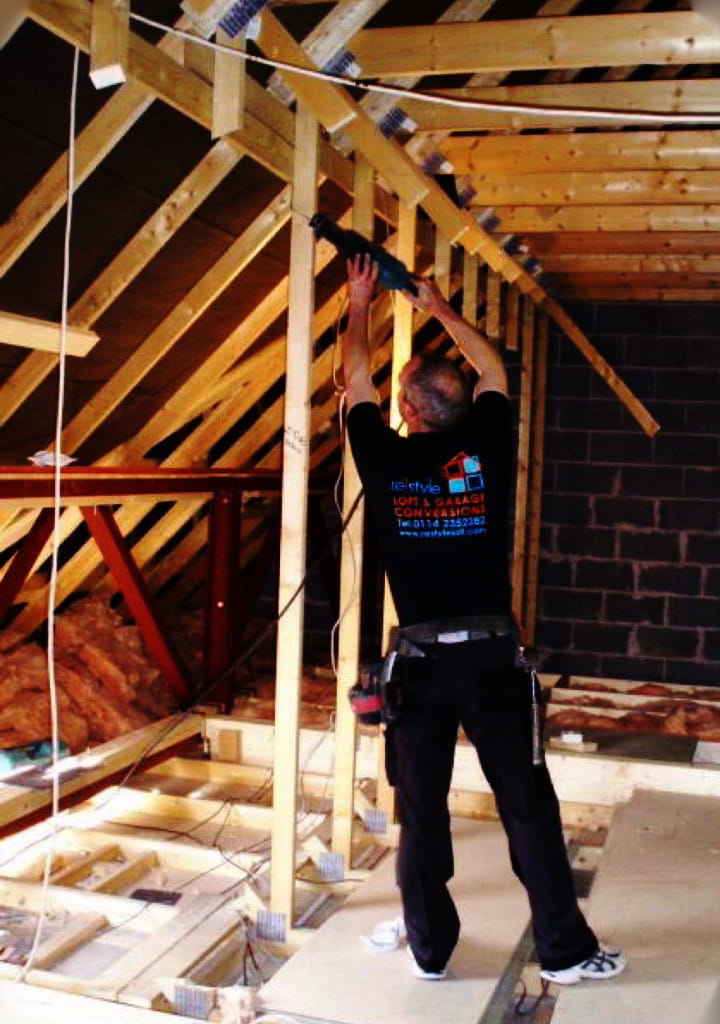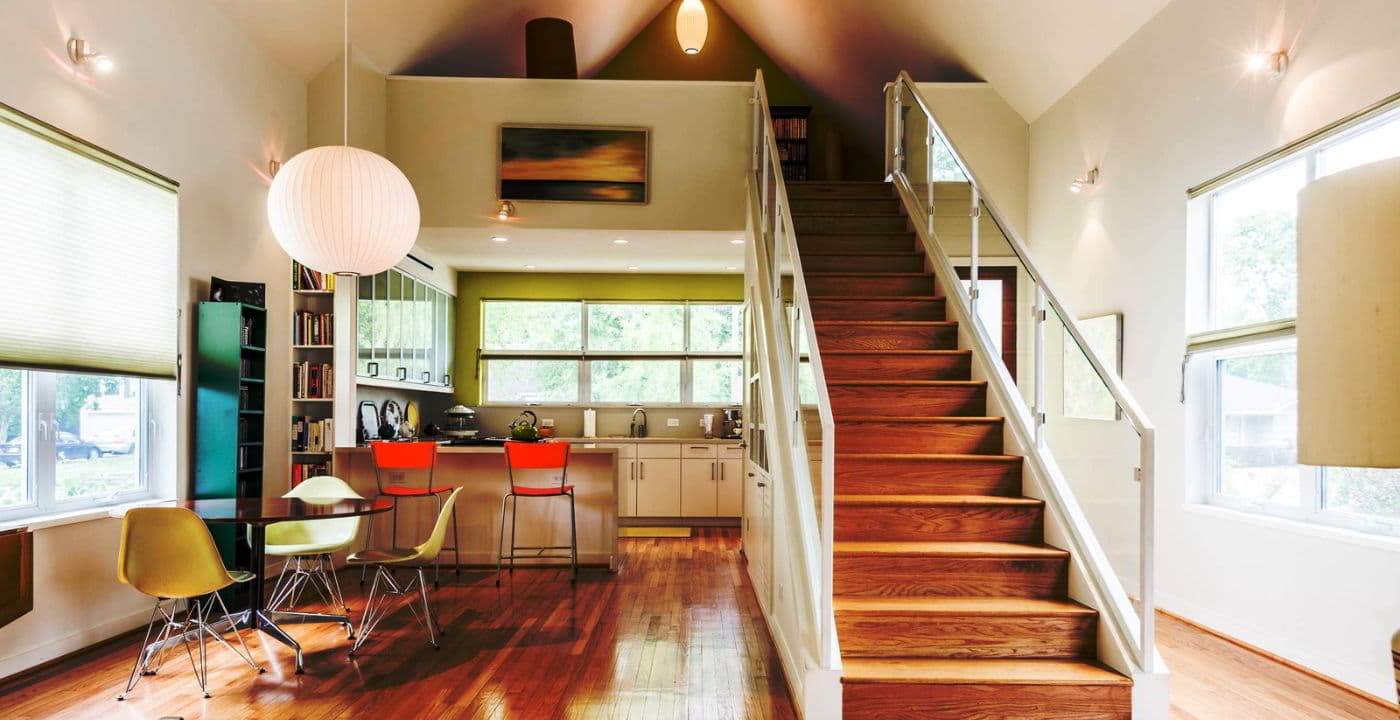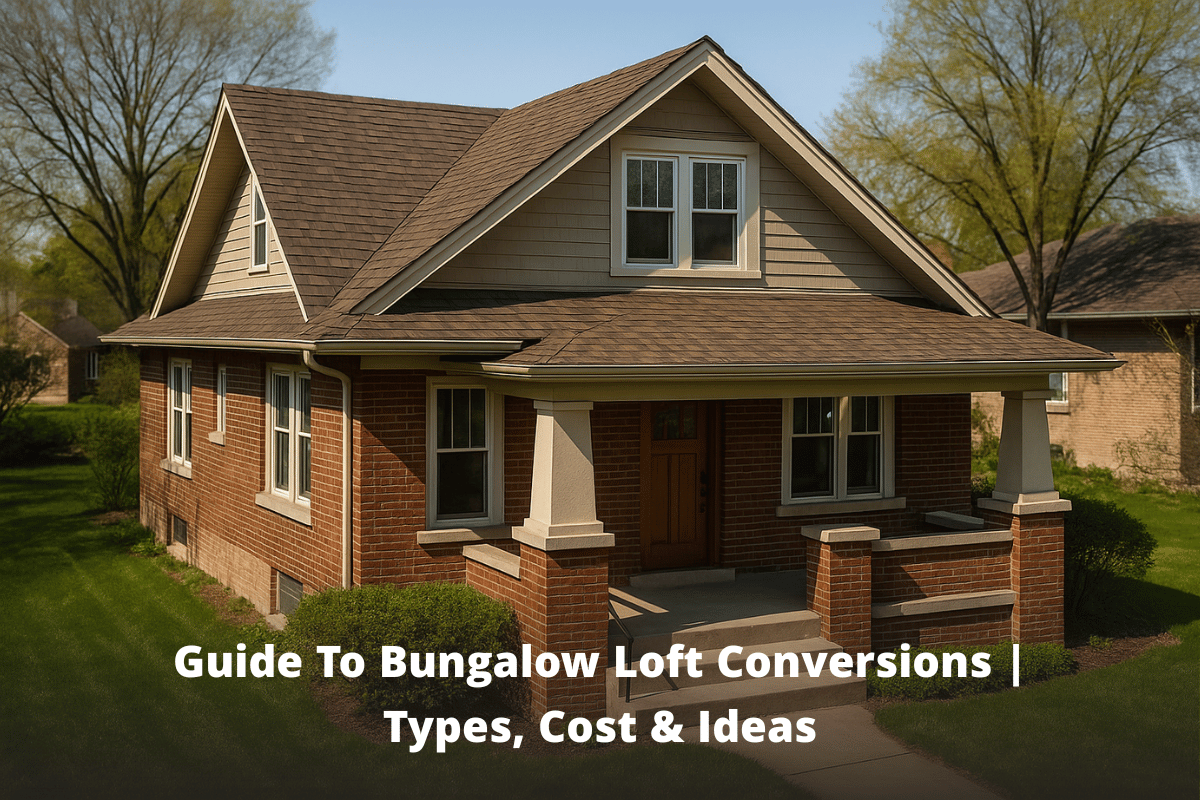
With growing uncertainty in the property market and the overall economy at large (particularly with interest rates and their impact on mortgage repayments), many people are looking into increasing their habitable space in their existing homes, rather than moving to a larger property.
Of all the ways to increase living space, loft conversions are by far the most popular in London. This makes sense. Loft conversions are often the cheapest way to increase living space and the least complicated because most loft conversions do not require planning permission.
But this leads to an inevitable question – can any loft be converted? And in short, the answer is no.
Understanding when a loft is suitable for a conversion, and when one isn’t, is what we’ll be examining in this article – so please continue with the rest of this piece if you want to know if you can convert your loft.
KEY TAKEAWAYS
- 2.2 metres is the minimum roof height for a loft conversion as a permitted development
- You must install a proper staircase for your loft conversion to comply with building regulations
- If your roof height is too low, you may still be able to convert your loft into a habitable space
Is my Roof Suitable for a Loft Conversion?
Despite the rules the government has in place for loft conversions, in most cases, your roof will be suitable for a loft conversion.
Most loft conversions are considered to be Permitted Developments and therefore do not require planning permission.
This isn’t the case for all roofs and we’ll take a look at the rules for loft conversions next.
What are the Rules for Loft Conversions?
Height of the Roof

The main rule which determines if a property is suitable for a loft conversion relates to the height of the roof.
For a loft to be viable for conversion the loft space needs to be at least 2.2 meters at the highest point in order to comply with building regulations.
If the height is lower than this, then a loft conversion may not be feasible or planning permission may be required.
Structural Soundness

The structure of the roof and the loft space need to be able to support the weight of the conversion. In some instances, this may require you to strengthen the existing structure or install additional supports.
The type of roof structure can also impact the feasibility of a loft conversion. For example, a traditional trussed roof can be more difficult to convert than a more modern cut roof.
Accessibility

Most people want to convert their loft to increase the habitable space in their homes. For this you will have to build a proper staircase to access the roof – you are not allowed to convert your loft into habitable space and keep your pull-down stairs.
Just like the roof building regulations require staircases to have a minimum head clearance and also comply with fire and other safety regulations.
To learn everything you need to know about staircases for loft conversions you can read our write-up.
FAQS
Can I convert the loft in my Semi-Detached House?
Yes. The only difference between types of houses when it comes to loft conversions is in the amount of additional roof space you can create.
For detached and semi-detached houses you can create up to 50 cubic metres of additional space. For terraced properties, this is reduced to 40 cubic metres.
What if my roof isn’t high enough to meet the 2.2-metre minimum?
If your roof stands lower than 2.2 metres from the ground this is not necessarily the end of your loft conversion. London Lofts has a long history of successful planning permission applications and could very well still help you achieve your dream loft conversion.
What is the best type of loft conversion for my house?
This is a highly subjective question because it all depends on what you want to do with your loft conversion. Many people opt to convert their lofts into an additional bedroom with an ensuite bathroom because this will add the most additional value to their homes.
Using the loft for other functions such as an office space or home gym could rule out certain types of conversion due to lack of space. The type of conversion that is best for you is also highly dependent on your budget.
CONCLUSION
Not any loft can be converted but most can if your conversion meets certain criteria around sufficient headspace, structural integrity and accessibility.
However, loft spaces that do not meet the requirements set out above could still be suitable for conversion.
In order to ascertain if your roof will qualify as a permitted development or if planning permission is likely to be granted get in touch today for an initial consultation and free quote.




